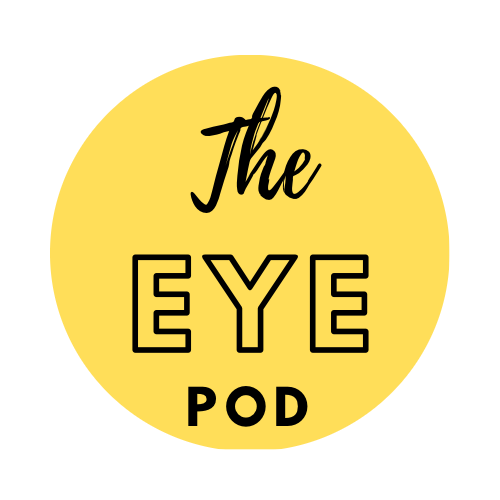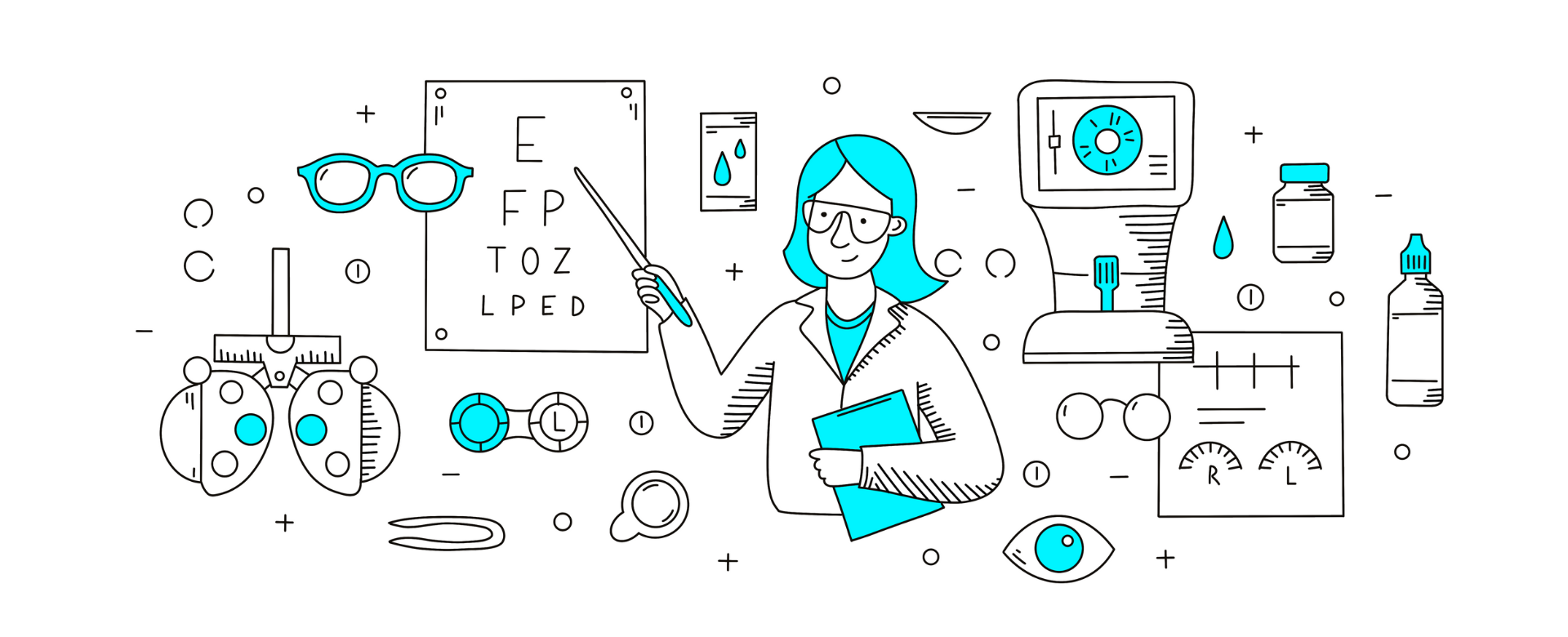
Behavioural optometry service
The only thing worse than being blind is having sight but no vision.
– Helen Keller
Luzelke
Van Heerden
Optometrist
B.Optom (UFS), Diagnostic Privileges
Additionally completed:
- Theory component of STARK GRIFFON DYSLEXIA ACADEMY (SAGA) course for professional accreditation.
- Trained by former COVD & OEP Lecturers, Rob Lewis (USA) & Caroline Hurst (UK), in the 6 months OPSIS Behavioral Optometry course held in Stellenbosch in 2022-2023.
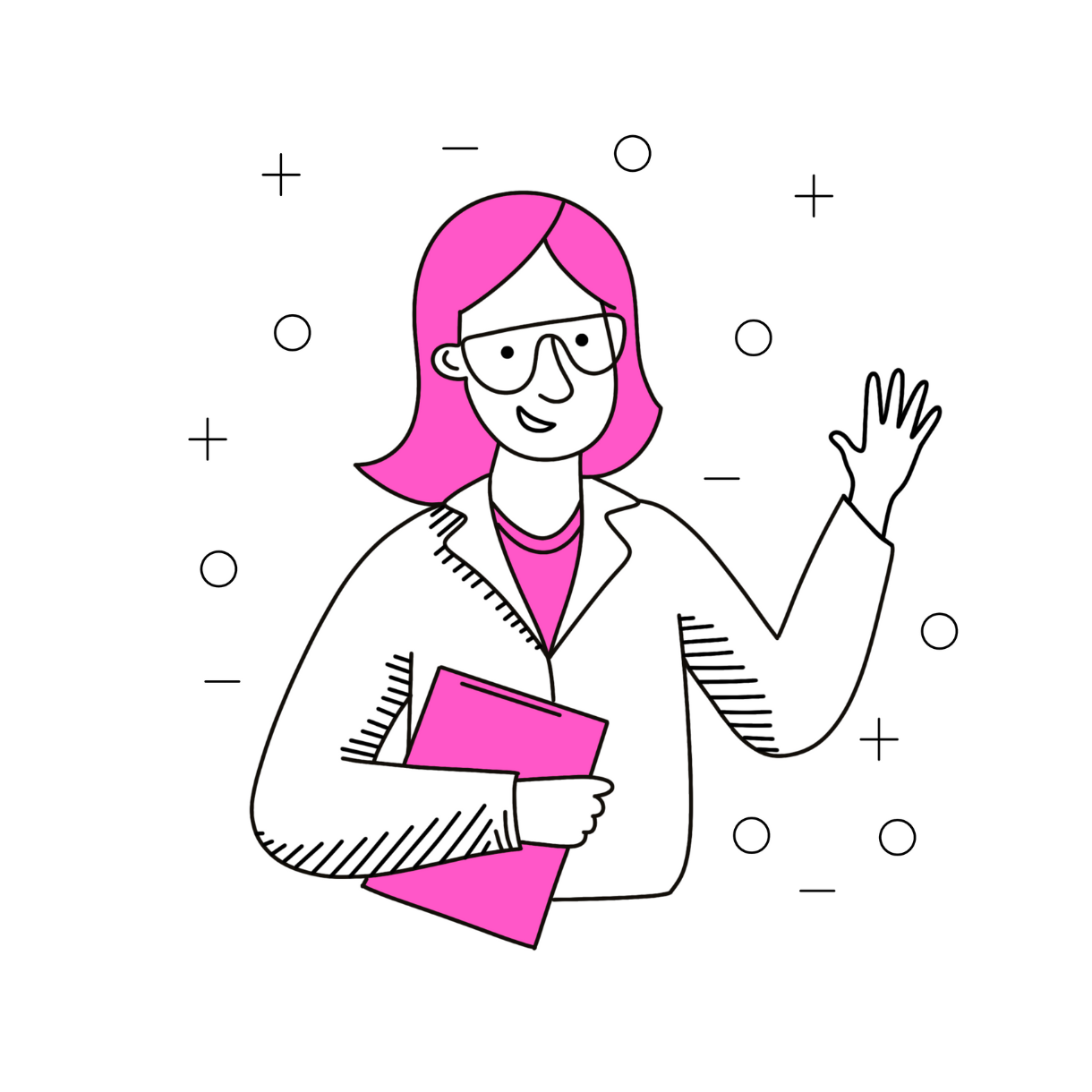

Luzelke
Van Heerden
Optometrist
B.Optom (UFS), Diagnostic Privileges
Additionally completed:
- Theory component of STARK GRIFFON DYSLEXIA ACADEMY (SAGA) course for professional accreditation.
- Trained by former COVD & OEP Lecturers, Rob Lewis (USA) & Caroline Hurst (UK), in the 6 months OPSIS Behavioral Optometry course held in Stellenbosch in 2022-2023.
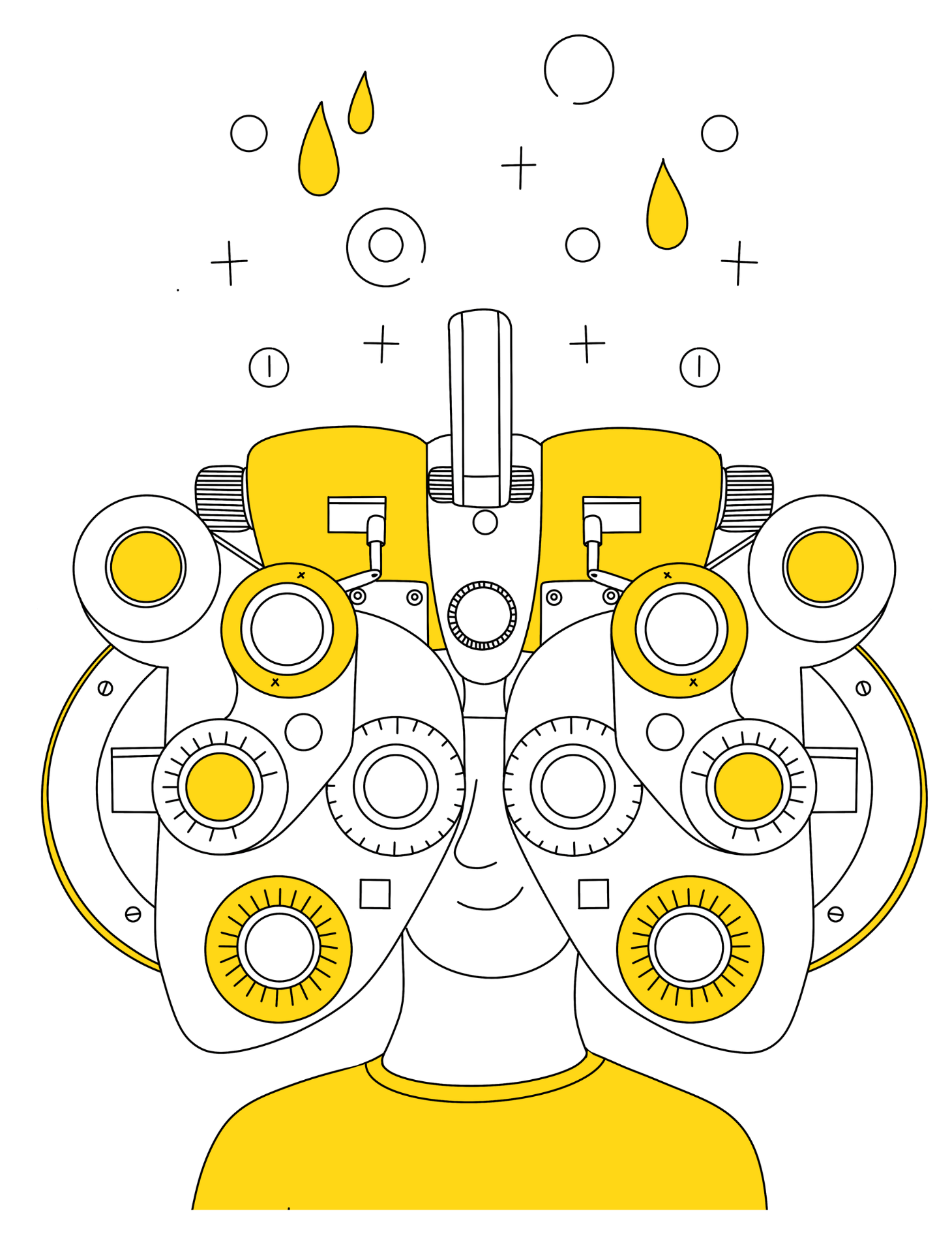
APPROACH
The Behavioural Optometry approach
Extension of tradition optometry that requires a Optometrist to take a holistic approach to the treatment of ANY visual disorder, the role of the Optometrist EXTENDS far beyond the provision of optimal refractive correction & ocular health check-ups.
Use a combination of Vision Therapy & Lenses to facilitate development of a more efficient and complete visual system & visual processing ability.
YOUR CHILD CAN COMFORTABLY REACH THEIR POTENTIAL
Learning disabilities, such as dyslexia, math disorder, writing disorder, and auditory and visual processing deficits, can also involve associated visual problems. Addressing these vision issues can help alleviate some symptoms of learning disability.
Vision Therapy For Kids
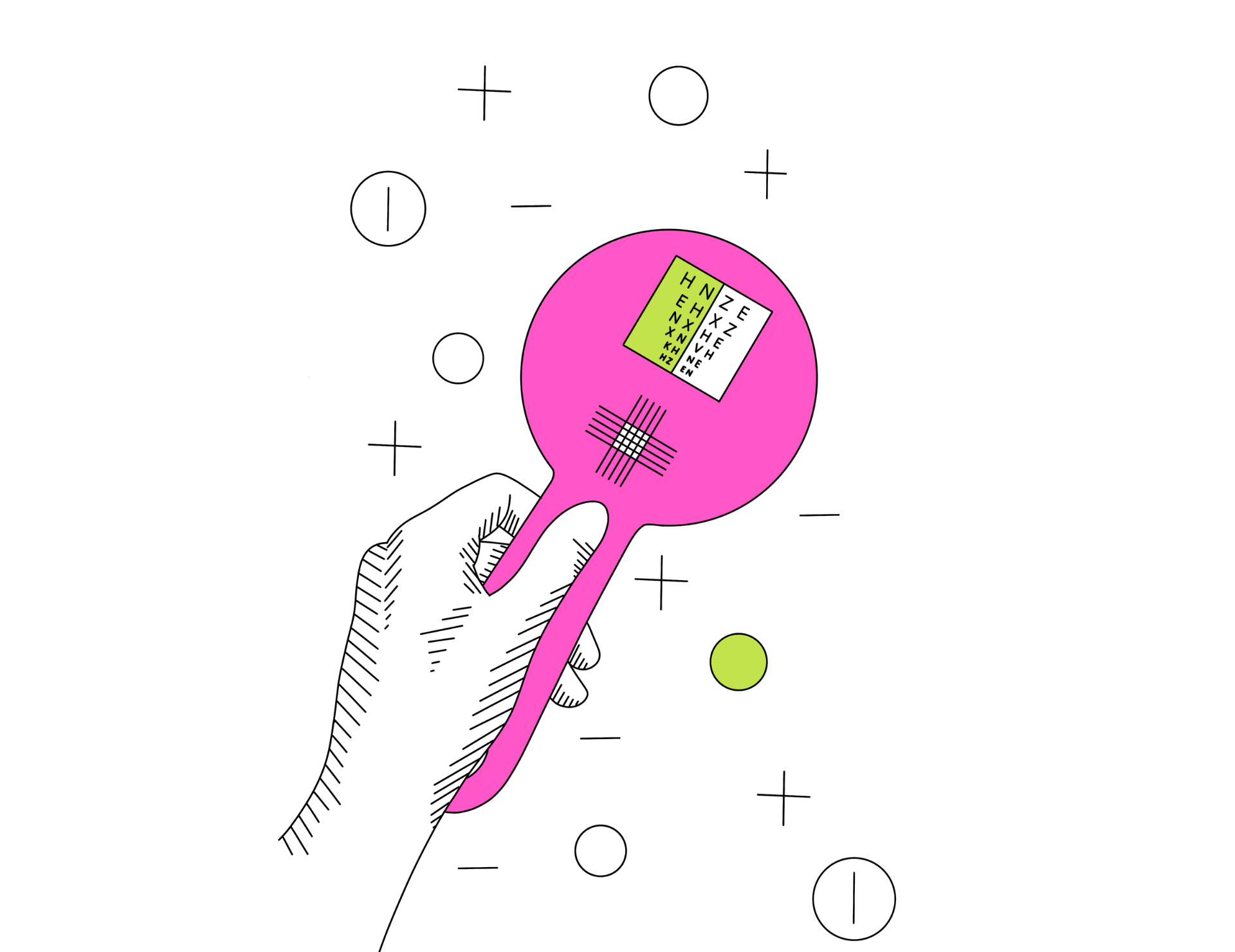
VISION THERAPY FOR CHILDREN
WITH LEARNING DISABILITIES
Corrective lenses and vision therapy can improve visual problems related to learning disabilities, such as with techniques like prisms, eye patches, puzzles and eye movement exercises. These can lead to improved academic performance and reduced frustration in children.
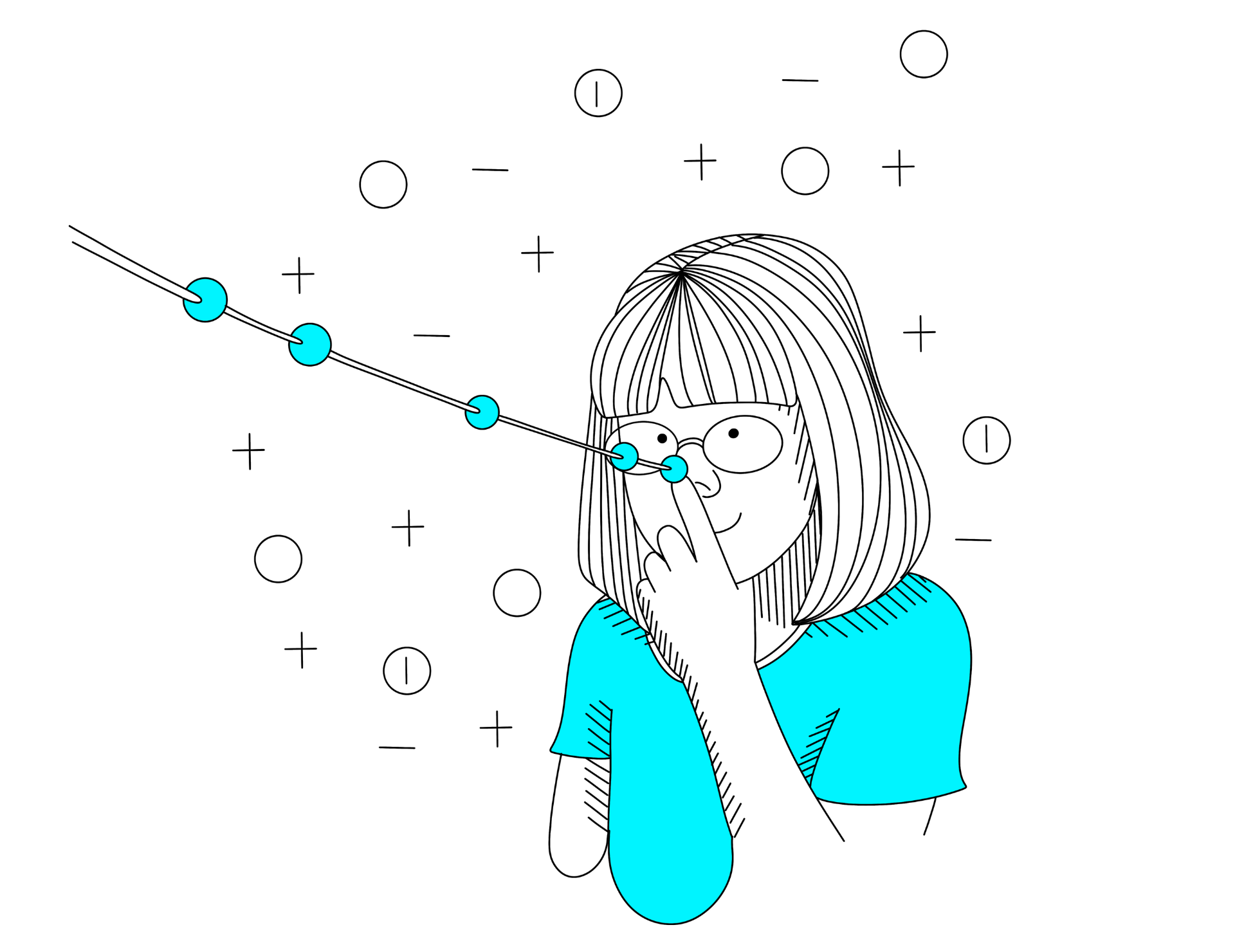
DIAGNOSING LEARNING
DIFFICULTIES
A teacher may recommend a child who is struggling in a subject to undergo further assessment, including a comprehensive vision exam to rule out vision-related issues that may contribute to learning difficulties.
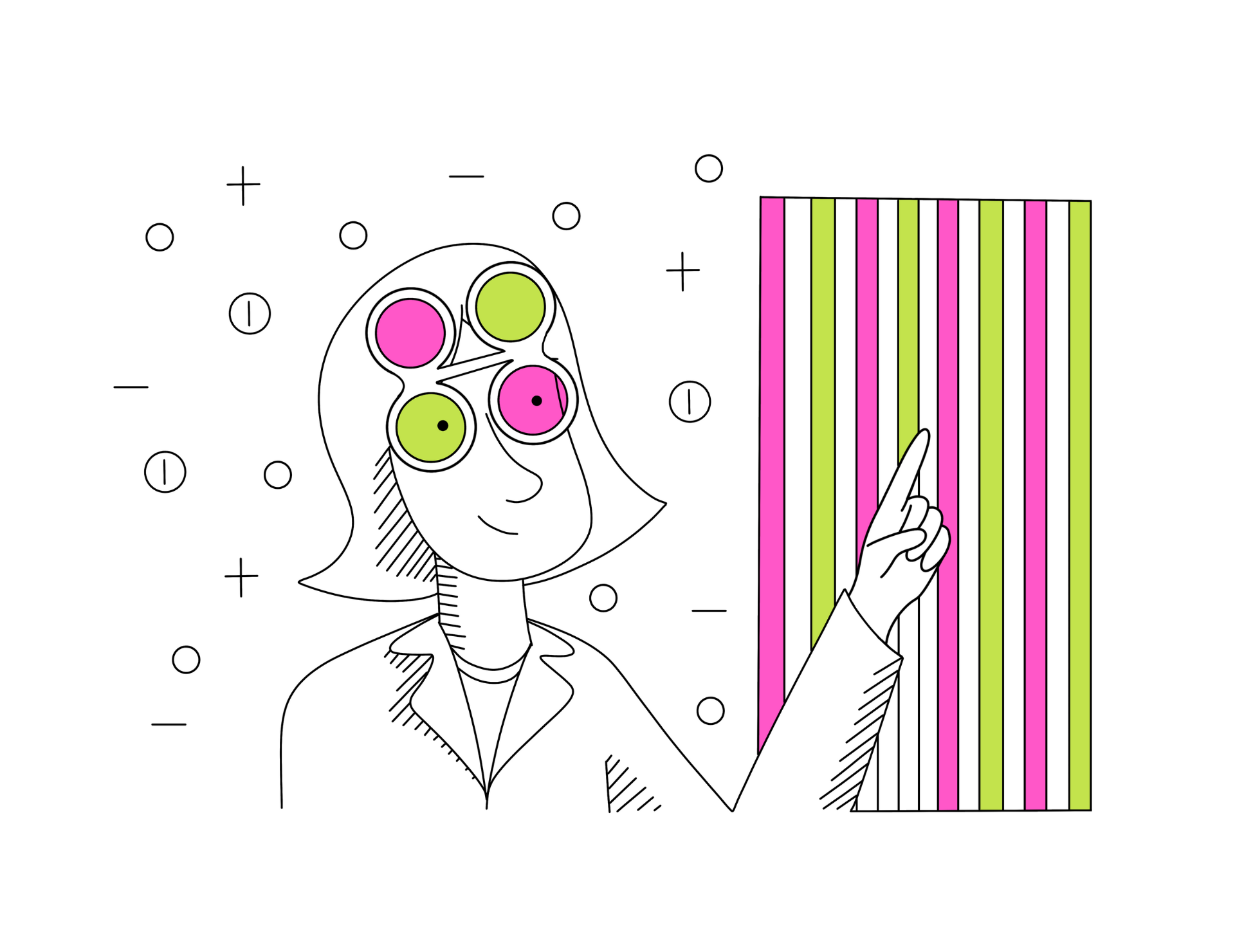
THERAPY SESSIONS
Visual therapy, under the supervision of an optometrist, is done in an office once to twice a week, with personalized exercises and equipment, determined by problem’s severity and symptoms. The patient may also be taught to perform exercises at home. The therapy aims to improve visual skills, reduce symptoms and enhance visual efficiency.
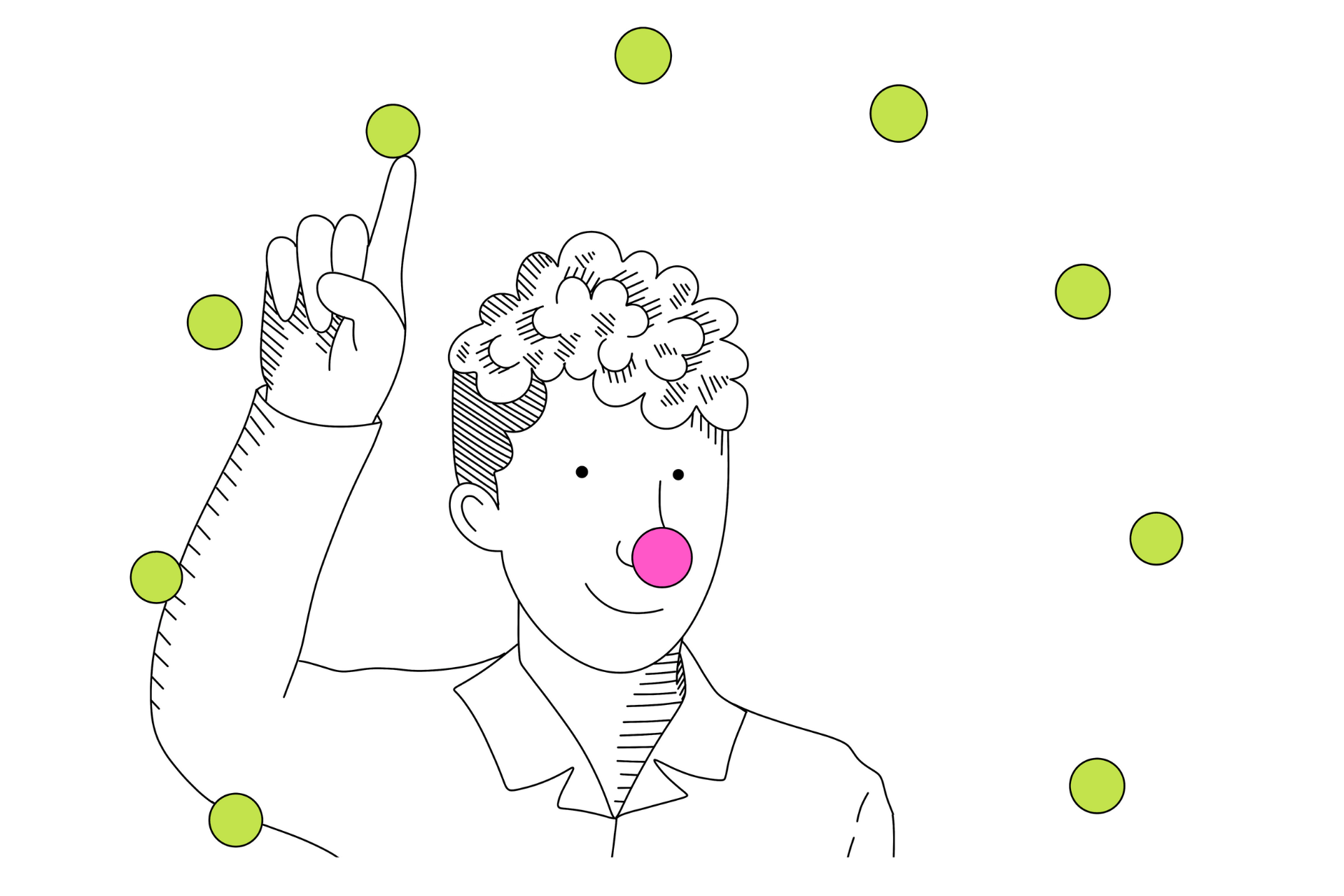
ADHD AND ASSOCIATED VISION PROBLEMS
Many people with ADHD also have vision problems, so it is important to get an accurate diagnosis through a comprehensive eye exam. Vision therapy, which involves sessions with a specialist and exercises such as looking through prisms, tracking objects and focusing, is often recommended as a first-line treatment. It can significantly decrease symptoms of ADHD and improve quality of life by correcting complications such as astigmatism, wandering eyes, lazy eye or crossed eyes, allowing the visual system to repair or strengthen itself.
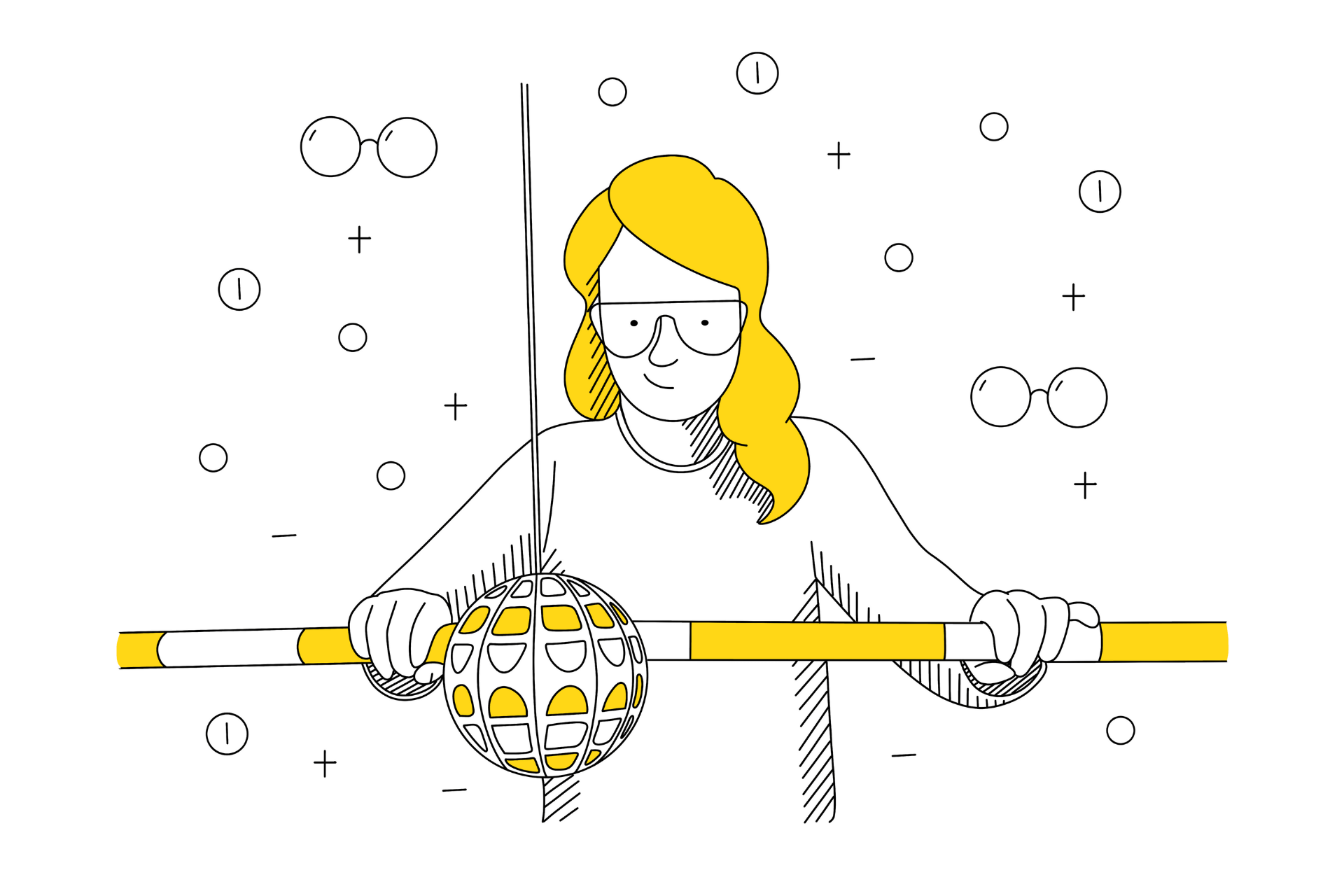
LEARNING DISABILITIES AND VISION PROBLEMS
Children with vision problems may have difficulty with reading, writing, and math due to focusing problems. These difficulties can negatively impact learning and may lead to a learning disability diagnosis, such as poor binocular vision, accommodative dysfunction, eye tracking dysfunction, poor visual-motor integration, and visual processing deficits.
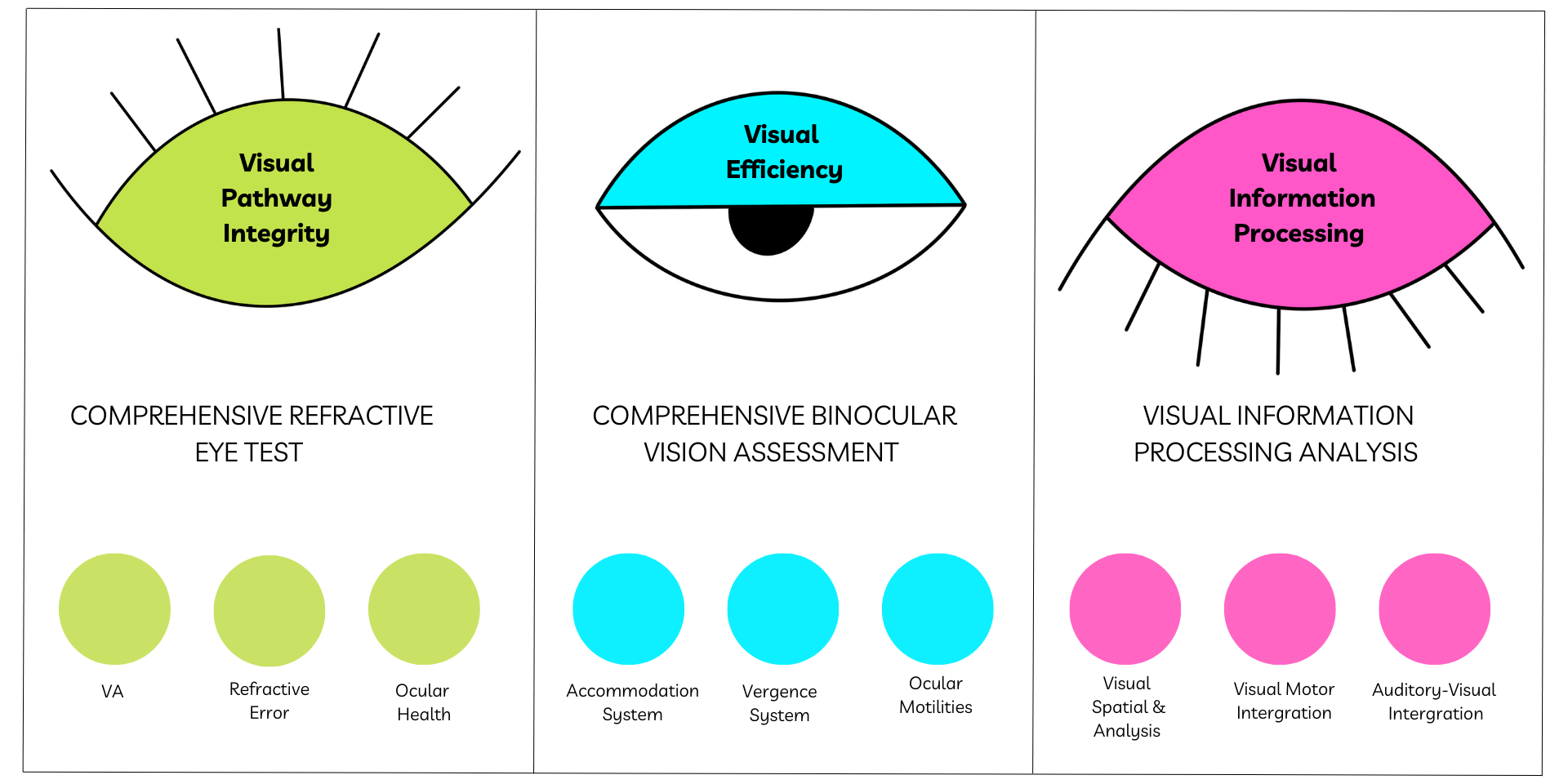
NEARSIGHTEDNESS/MYOPIA DEVELOPMENT
a New Pandemic
Why do we care about myopia?
While myopia can typically be corrected adequately with glasses or contacts to provide clear vision, higher amounts of myopia greatly increase a person’s risk of certain ocular health conditions, such as retinal holes and detachments, cataracts, glaucoma, and myopic retinal degeneration. This increased risk is caused by the eye being longer than it should be, so even if a person has a refractive surgery like LASIK the increased risk of ocular disease persists.
BAD NEWS about myopia –
The prevalence of myopia is increasing worldwide at an alarming rate, and children who are nearsighted almost always become more nearsighted over time.
Why do we care about myopia?
While myopia tends to get worse over time, that doesn’t necessarily have to be the case. There are treatments available today that have been proven to slow down the progression of myopia. In more recent years, a speciality called ” myopia control ” has emerged within eye care called “myopia control”.
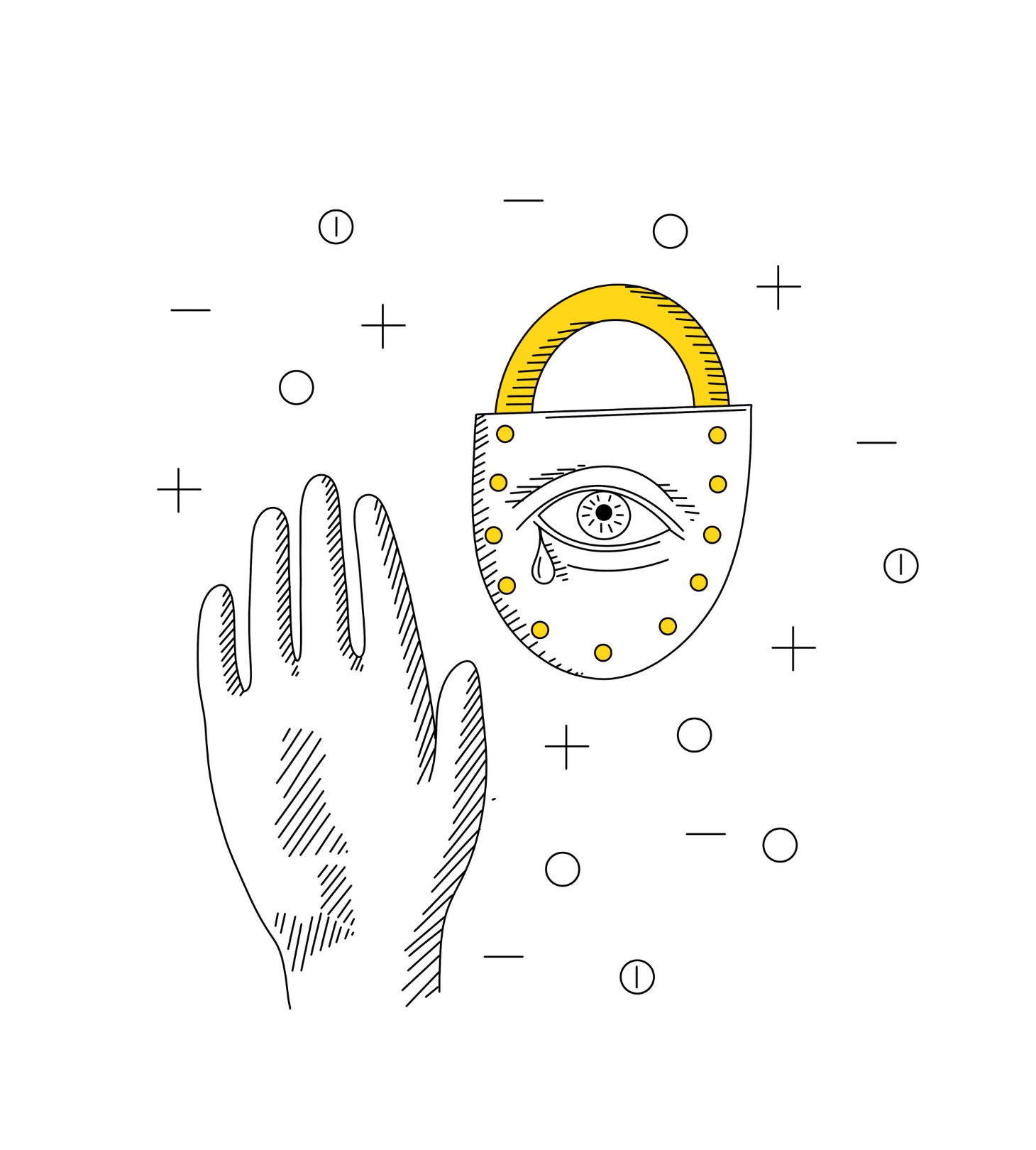

NEARSIGHTEDNESS/MYOPIA DEVELOPMENT
a New Pandemic
Why do we care about myopia?
While myopia can typically be corrected adequately with glasses or contacts to provide clear vision, higher amounts of myopia greatly increase a person’s risk of certain ocular health conditions, such as retinal holes and detachments, cataracts, glaucoma, and myopic retinal degeneration. This increased risk is caused by the eye being longer than it should be, so even if a person has a refractive surgery like LASIK the increased risk of ocular disease persists.
BAD NEWS about myopia –
The prevalence of myopia is increasing worldwide at an alarming rate, and children who are nearsighted almost always become more nearsighted over time.
Why do we care about myopia?
While myopia tends to get worse over time, that doesn’t necessarily have to be the case. There are treatments available today that have been proven to slow down the progression of myopia. In more recent years, a speciality called ” myopia control ” has emerged within eye care called “myopia control”.
Our Approach
Our mission is to make the benefits of the behavioral philosophy of vision care happen.
The behavioural approach to optometry considers the patient’s overall well-being and aims to prevent, protect, improve and remedy visual process by considering the holistic experience of vision, which encompasses both the individual and their surroundings, taking into account factors such as prenatal and ongoing visual development, visual-motor control, and eye movements that aid in mapping the environment, posture, orientation and understanding relationships. The eyes gather and process light while the brain continues to process, store and recall previous experiences.
A behavioral approach to optometry considers the integration of information from the brain, body, and sensorimotor processes to understand and direct vision. Optometrist’s observe patient’s response to daily activities and the effects of lenses on their perception, posture, orientation, and localization, which provides valuable insight into patient behavior.
An optometrist uses lenses during examination to assess overall performance, determine current visual status, how it developed, and the patient’s ability to meet present and future demands. They also consider potential for preventing visual dysfunctions, protecting visual abilities, and promoting improved performance. A holistic approach is used for treatment regimens including lenses, visual hygiene, and visual therapy to prevent visual problems and improve visual performance, with the goal of allowing the patient to see more, observe more, experience more, learn more, and become more efficient.
Vision & Learning
Eye sight
How clear can you see?
Visual attention
Can you sustain good concentration during tasks?
Eye focusing
Can you see clearly at all distance, near and far?
Eye teaming
Can both your eyes work together comfortably o achieve single mage?
Visual perception
Can you identify, organize, interpret what you see?
Eye tracing
Do you have good control of your fine eye movement when reading across a line, accurately from word to word?


Vision & Learning
Eye sight
How clear can you see?
Visual attention
Can you sustain good concentration during tasks?
Eye focusing
Can you see clearly at all distance, near and far?
Eye teaming
Can both your eyes work together comfortably o achieve single mage?
Visual perception
Can you identify, organize, interpret what you see?
Eye tracing
Do you have good control of your fine eye movement when reading across a line, accurately from word to word?
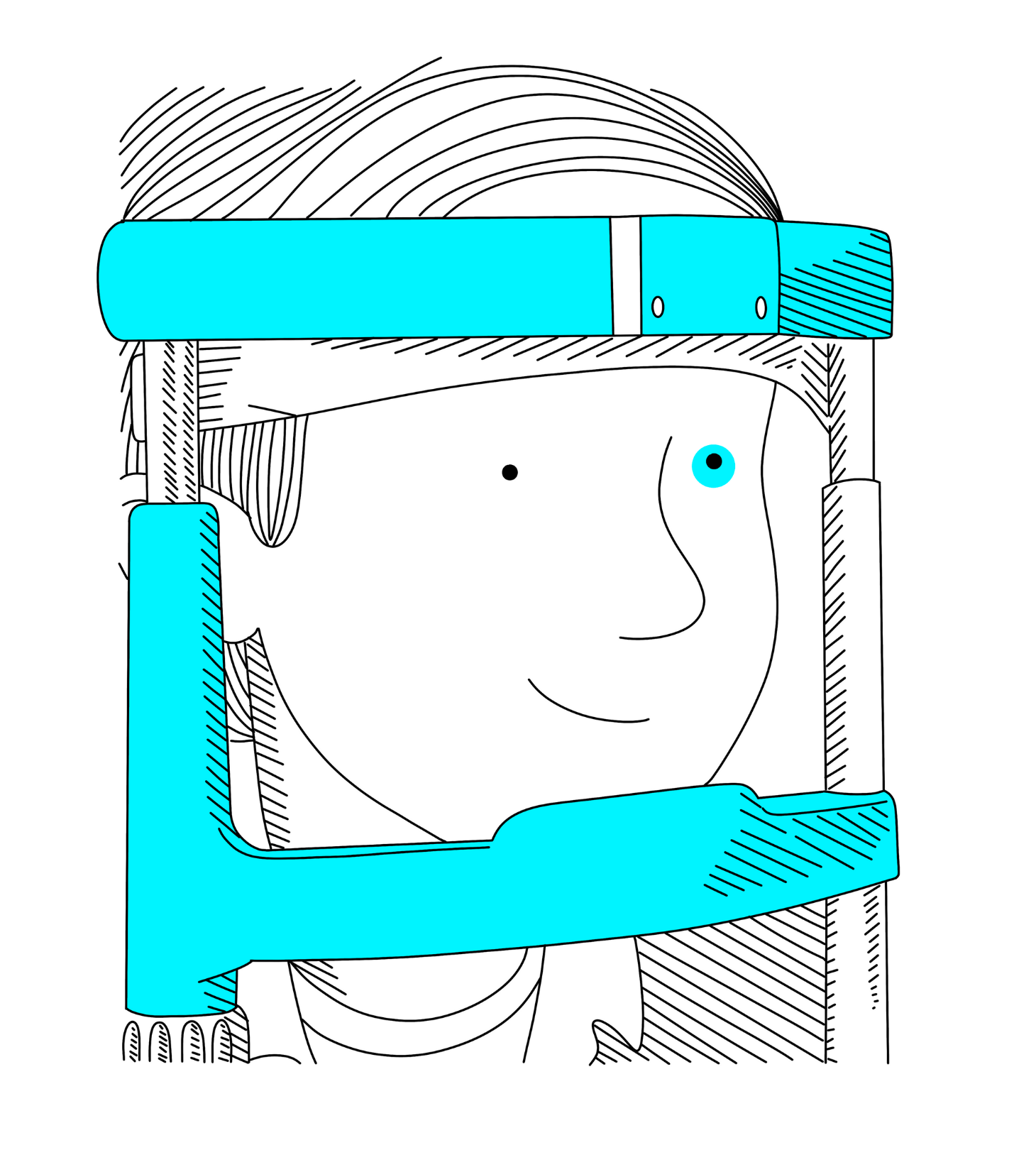
What is Syntonics?
Syntonics is a field of ocular science that applies specific light frequencies to the eyes to treat visual dysfunctions, brain injuries, and emotional disorders. It has been used for over 70 years with great success, treating conditions such as strabismus, amblyopia, and learning disorders. Syntonics is an advanced clinical science in light therapy and can improve academic achievement, athletic performance, work proficiency, and homemaking. Patients are diagnosed based on their symptoms and treated with selected visible-light colours. Syntonics can be used as the primary treatment or to support other therapies to aid in the remediation of strabismus, amblyopia, accommodative/convergence problems, asthenopia, ametropia, visual attention deficit, vision-related learning and behaviour problems and visual field constrictions associated with visual.
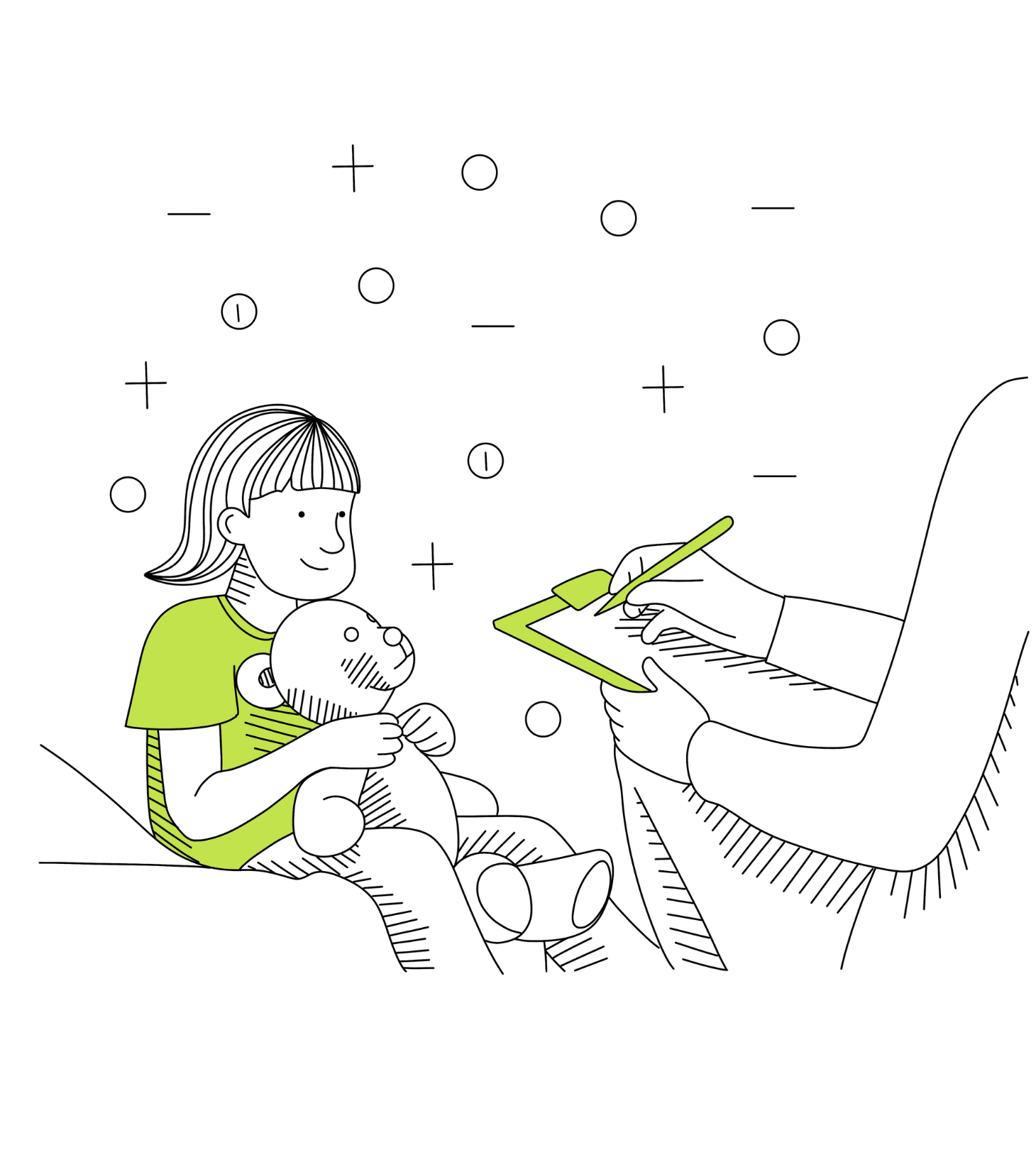
What Are Primitive Reflexes?
Primitive reflexes are automatic/involuntary movements fundamental for the development of muscle tone, sensory integration, head control and overall development. As a baby grows, these primitive reflexes will slowly disappear as the infant’s brain develops and matures and the infant’s movements become more voluntary and controlled.
Movement is crucial for the infant’s brain to integrate the primitive reflexes. Vision and movement go hand-in-hand in the integration of primitive reflexes allowing the infant to move through their world as they develop through the early childhood stages of life. Retained primitive reflexes can lead to struggles related to disorders like ADHD, sensory processing disorder, autism, and learning disabilities
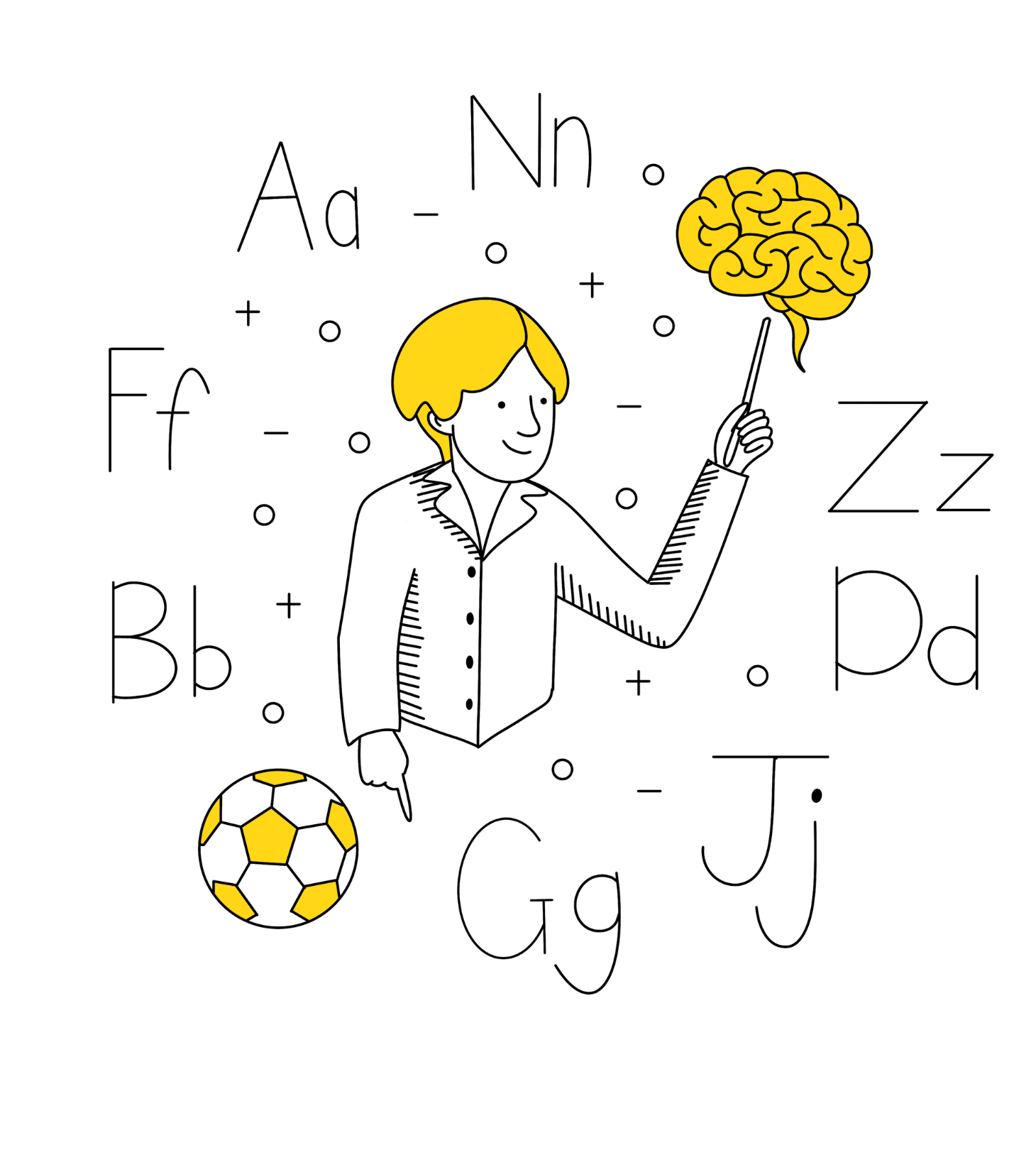
What Causes Primitive Reflexes To Be Retained?
Several factors may cause primitive reflexes to be retained or active, including prenatal stress, limited movement in the womb, extended use of carriers, walkers, or jumpers, illness, injury, trauma, and other developmental delays. Integrated reflexes can also become reactivated due to similar factors.
Addressing the missing developmental stages and integrating primitive reflexes is essential. Vision therapy can assist in assessing and retraining the brain to develop the neural pathways necessary for integration.
Recently asked questions.
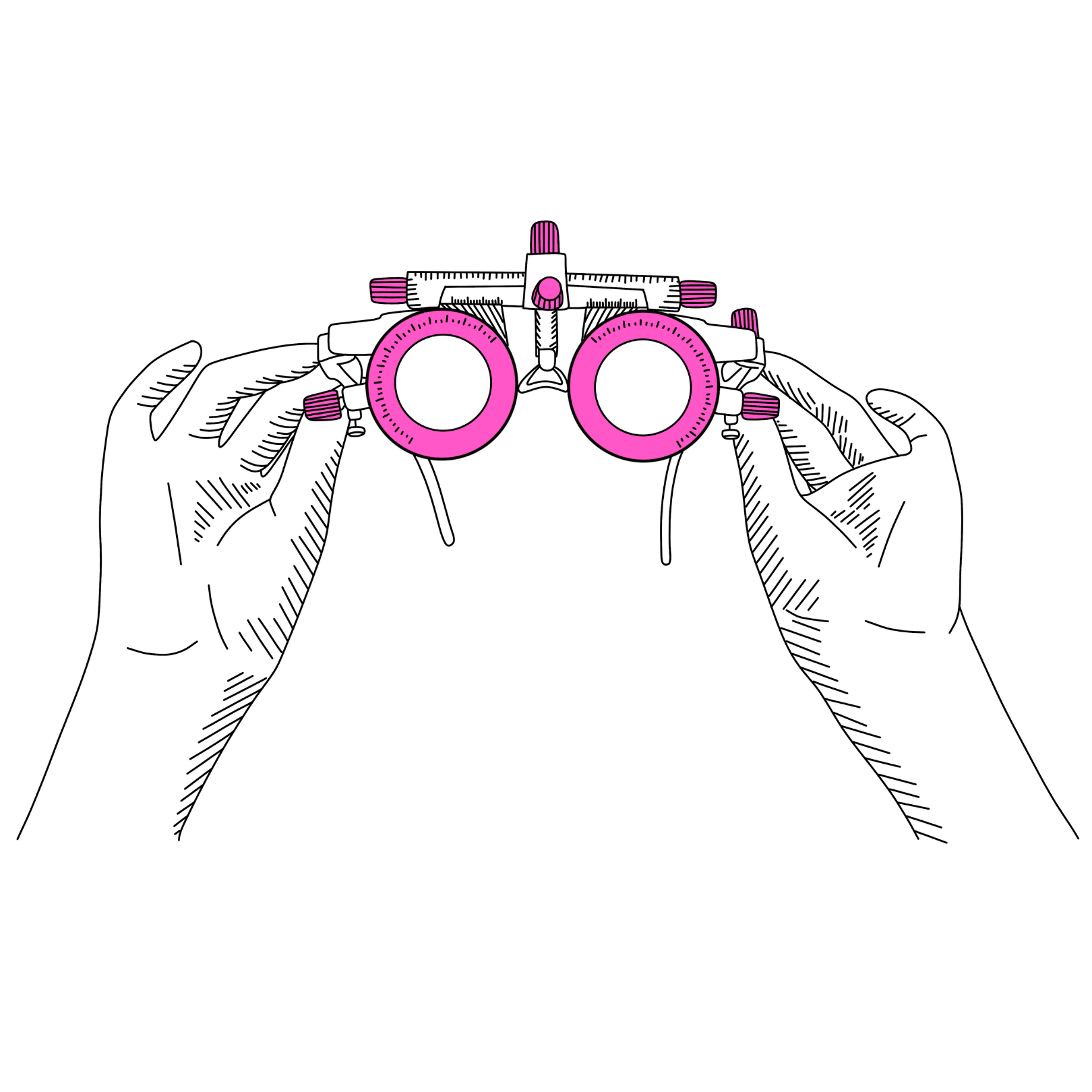
What is Vision Therapy?
Vision therapy is a type of treatment for visual dysfunctions, including eye coordination and focusing problems, that aims to improve visual skills and performance through specific activities and exercises.
What are the signs & symptoms of vision therapy?
Signs and symptoms depend on the treatment’s underlying condition. Common ones include:
Double vision. Eye strain or fatigue. Headaches. Blurred or double vision. Trouble with eye-hand coordination. Difficulty with reading or tracking moving objects. Inability to maintain clear focus. A short attention span for near work
What is Neuro-Optometry?
Neuro-optometric services, as defined by the American Optometric Association, encompass a range of evaluations and tests related to visual processing, ocular health, and therapy options. Primary eye care physicians should be able to identify and refer patients who need neuro-optometric services, especially those who have experienced neurological insults or injuries. Optometrists should ask specific questions and conduct basic diagnostic testing, such as binocular and oculomotor testing, to help with the diagnosis. Referral to optometrists who provide neuro-rehabilitative services is necessary for those who do not. The Neuro-Optometric Rehabilitation Association emphasizes the importance of vision assessments from Neuro-Optometric Rehabilitation Optometrists for individuals who have experienced neurological insults or injuries and are experiencing visual symptoms that a regular eye exam may not detect.
neuro-optometry, optometry, brain injury, double vision, brain injury, visual system
What are the signs & symptoms of Neuro-Optometry?
Signs and symptoms of neuro-optometry may include blurred or double vision, difficulty reading or concentrating, sensitivity to light or glare, headaches or eye strain, loss of visual field or peripheral vision, poor depth perception or difficulty judging distances, eye movement disorders, visual perceptual problems, and difficulty with balance or coordination related to visual issues. A comprehensive evaluation by a neuro-optometrist or other healthcare professional is necessary for proper diagnosis and treatment.
Find Us
Good visual skills
=
Confident people that reach their full potential.
Monday: 09am – 12pm, 1pm – 5pm
Tuesday: 09am – 12pm, 1pm – 5pm
Wednesday: 09am – 12pm, 1pm – 5pm
Thursday: 09am – 12pm, 1pm – 5pm
Friday: 09am – 12pm, 1pm – 5pm
74 Main Road
Sandbaai,
Western Cape
7200
065 996 8721

